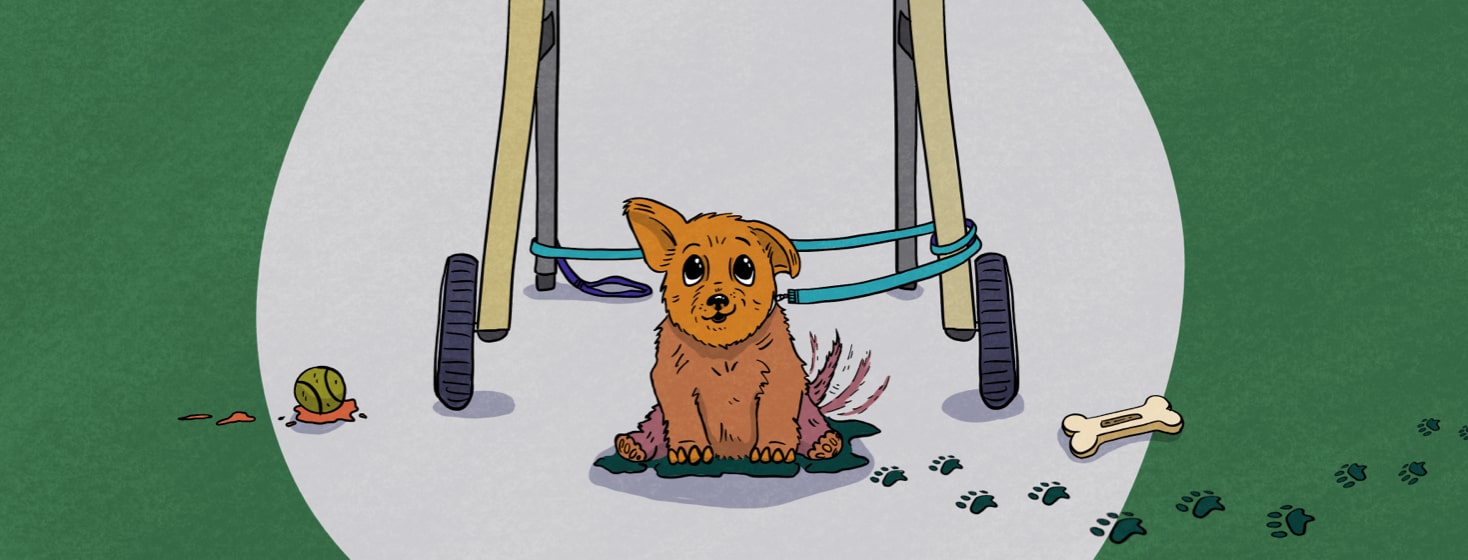Managing Safety at Home When Diagnosed with MG
A diagnosis of myasthenia gravis (MG) can bring with it a lot of problems. One of those is home safety. There are some things in my home today that I cringe about because we can’t change them. We currently rent our home, so we are stuck with what we have.
One of the issues in our home is the bathroom. We have an elevated seat on the toilet, but the bathtub, we cannot change. The side is tall, there are no handrails, no built-in bench, and the tub is shorter than normal (we’re tall). A shower stool barely fits on one end. Thankfully, the sink is near the tub, so we use it to hold onto when entering and exiting.
Be aware of your surroundings
Some things I do to assure safety in my own home include using a walker. I don’t have enough stability to walk unassisted. I cannot walk or stand for an extensive time, so I have a powerchair. I use it outside of my home and at the home for cleaning, cooking, and gardening. If you have walking or standing issues, you may want to consider a wheelchair or powerchair.
When in a wheelchair or powerchair, you have to be cautious of your surroundings constantly! I have no rail around our porch, so I am very cautious about getting close to the edge. When I am near it, I turn the power off so I don’t inadvertently drive off the porch. Watch out for other people, too.
Careful with wheels
I get cold and use a blanket on my lap. My blankets tend to slide off my lap and catch in my tire. There are blankets specifically for wheelchairs, "Stay-On Wheelchair Blanket."
Be careful of clothing hanging to the floor when you are in a wheelchair. I use bib aprons to cook with. I don’t tie it since I’m sitting, but there have been times I’ve hurt myself by running over the string which chokes me. Now I make sure they don’t dangle at all!
I do not have throw rugs except in the bathroom. I use that one because the floor gets slick with wet feet. In the other rooms, it would bunch it up when I turn my chair or I have difficulty moving over or around them with the walker.
Pets can be a hazard
Pets can be another hazard. We have a 9-month-old puppy. He’s calming down, but he’s been a challenge trying to keep up with his mind and energy. He also likes leaving his toys all over the floor! I can’t seem to get him to pick up after himself or put things away when he’s done with them.
Joking aside, we have to be diligent in keeping the floor and furniture clear of things that could cause an accident or otherwise harm us or our pet. While in my powerchair, I go around and pick the toy up, then pile them in my dog's basket. Of course, he follows behind me and takes them out again.
Ideally, there would be no "debris" on the floor, which can include children’s and puppy toys.I also try to keep cords away from traffic areas.
Thresholds and doorways
The thresholds can be an issue. That little strip that goes across doorways or from carpet to solid floors doesn’t seem like much, but when you have a walker, it can be difficult. If you are ambulatory, they can be a trip hazard, so be aware, especially when at someone else’s home.
Moving around your home
If you have a basement or upper level you need to get to, if affordable, maybe an elevator is in order. However, if you don’t have several thousand dollars, maybe a chair lift will do the job. If you don’t always need it, they fold up against the wall.
If you aren’t able to get up off the floor very easily, don’t deliberately get down there. Since my last 2 falls, I try to not get on the floor. I don’t know if my legs are strong enough now to get me up, but they weren’t then. I’m very careful about doing that or falling. If I have to dust something low, I use a reacher.
If you are trying to walk, but are still wobbly, try a gait belt. I don’t have one, but they are used in hospitals and sometimes in physical therapy. It’s a belt that is worn by the person having walking problems and has a type of handle where another person can use it to hold you up. Be sure you rest adequately so you aren’t prone to falling.
Reaching heavy items can get tricky. If you aren’t up to it, plan ahead and get help. For smaller things, use a reacher.
Depending on your symptoms or if you spend time alone, consider a medical alert device. They can be worn on your wrist or around your neck. Be sure to check with your insurance carrier to determine whether they will cover these devices.
In case of emergency
In case of an emergency, keep your pantry, personal supplies, and medications current and well stocked. Make sure the food is shelf stable, meaning it won’t spoil if your power is out. In case you’re fatigued, make or purchase meals in advance that can be frozen. All you would have to do is defrost and heat it to your liking. We should also always keep our phone sufficiently charged in case of an emergency.

Join the conversation